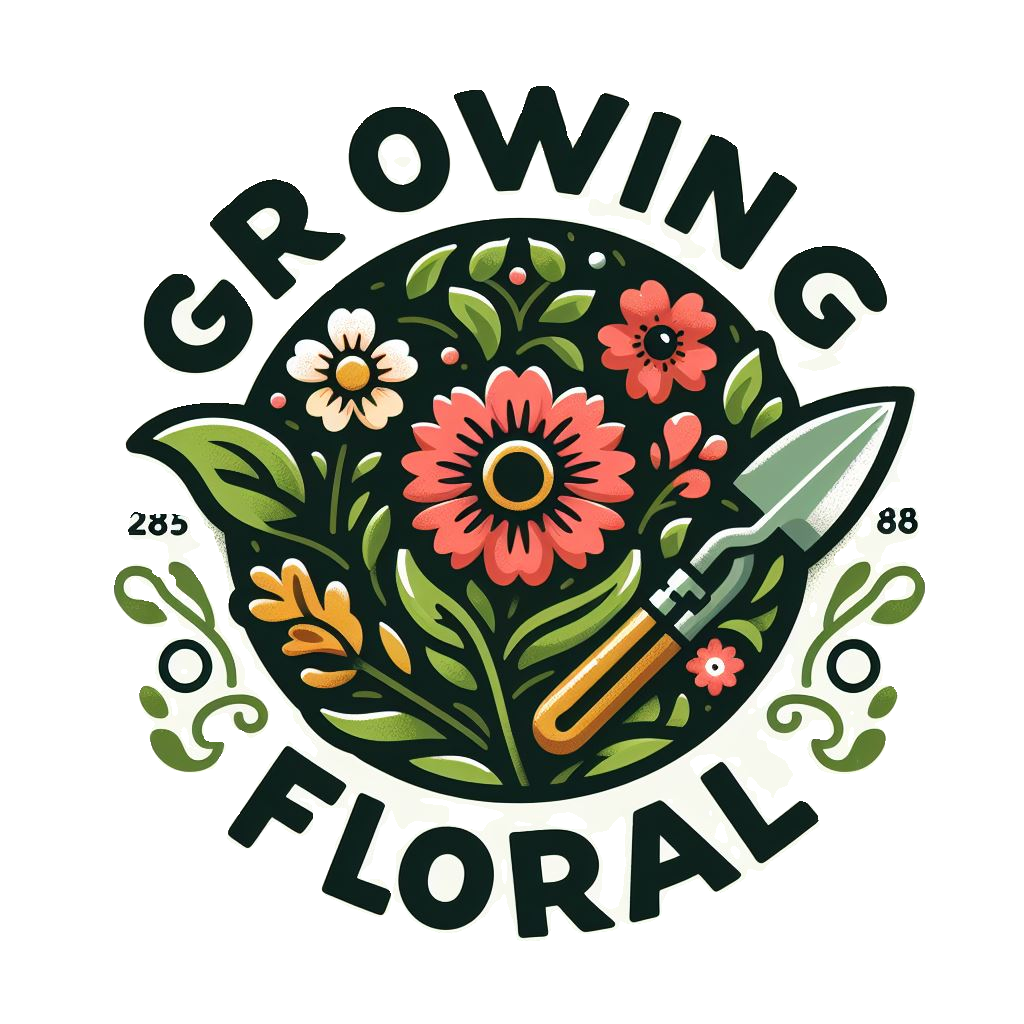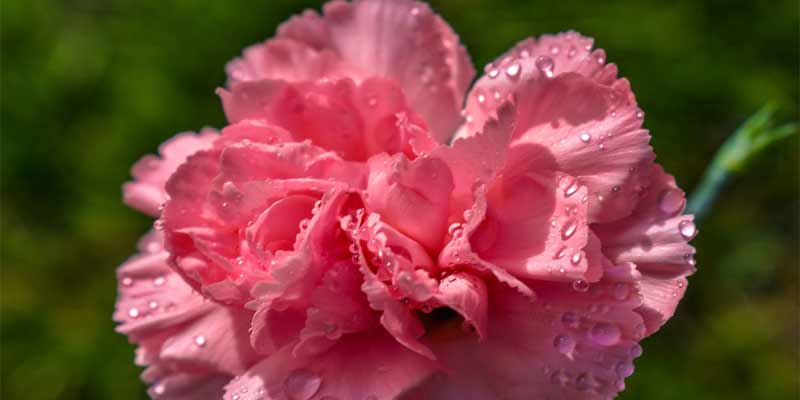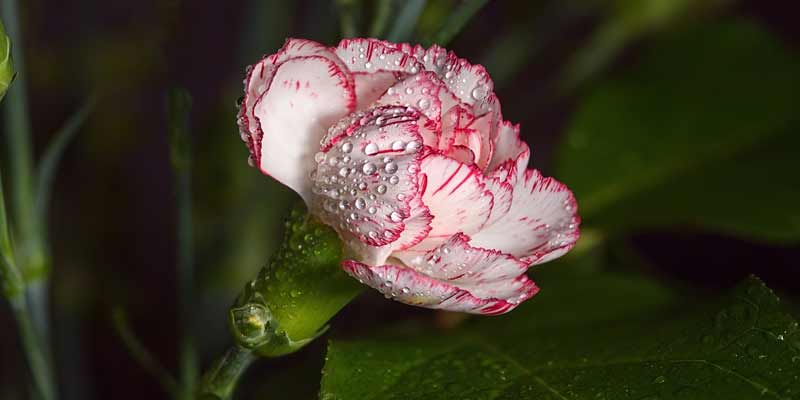Gardens, bouquets, and floral arrangements have long cherished carnations for their vibrant colors and delicate petals. The Dianthus genus belongs to these popular flowers – beloved for their beauty and versatility. Thriving in displaying their full splendor requires careful attention to water needs as this is a necessity of the carnation.
In this article, we delve into a crucial aspect of the optimum water requirement for the flourishing of carnations.
Understanding Carnations
To comprehend the nature of carnations, we must first understand some key points about them. They are herbaceous perennial plants; this classification denotes their longevity – a lifespan exceeding two years. Typically, carnations bloom annually.
Their origins trace back to the Mediterranean region where well-drained soils and moderate temperatures have sculpted their preferences over time.
Factors Influencing Water Needs
Comprehending the factors that influence carnations’ water needs is crucial in managing these beautiful flowers’ hydration effectively; indeed, several elements play a significant role:
1. Soil Type and Drainage
Carnations thrive in soil with excellent drainage, facilitating the easy escape of excess water. The plant’s health may suffer from root rot and other complications if it grows in waterlogged soil; thus compromising its overall well-being.
2. Temperature and Humidity
The levels of temperature and humidity significantly determine the water requirements for carnations. Warmer temperatures, along with low humidity levels, can amplify transpiration-driven water loss; this necessitates more frequent watering, an essential factor in maintaining optimal growth conditions.
3. Growth Stage
The water requirements of carnations differ across their growth stages. Compared to newly planted or actively growing ones, established plants might necessitate less frequent watering.
4. Container Planting versus Garden Planting
Carnations cultivated in containers might exhibit dissimilar water demands as compared to their counterparts directly sown in the garden. The propensity for dehydration is higher among container-grown carnations, thus necessitating a regimen of more frequent watering.
Watering Guidelines for Carnations
The health and vitality of carnations hinge on proper watering. To determine the ideal water quantity for your carnations, adhere to these guidelines:
Water Quality
Water your carnations with clean—preferably room-temperature water. Steer clear of excessively cold or chlorinated water; these can harm the plants.
Frequency
Deeply watering water carnations at infrequent intervals is recommended. Your aim should be to provide hydration for the plants when you perceive that the top inch of soil has dried out; this can typically be achieved by ensuring your touch confirms its dryness.
The frequency of this may vary depending on the weather. In warmer months, it could be once or twice a week; however, during cooler periods – its occurrence might become less frequent.
Avoid Overwatering
One of the most common mistakes in carnation care; indeed, ensuring the soil remains adequately dry between waterings is crucial.
Waterlogged conditions, a consequence of overwatering can instigate root rot and fungal diseases. Thus emphasizing the need for caution with watering routines.
Morning Watering
Your carnations require morning watering to facilitate the evaporation of excess moisture throughout daylight hours; however, if you choose to water them in the evening – be cautious.
Overnight lingering moisture on foliage can escalate fungal disease risks.
Mulching
Applying a layer of organic mulch around the base of carnation plants — a practice known as mulching — serves multiple purposes as it retains soil moisture and regulates temperature.
Furthermore, by stunting weed growth that could compete with carnations for water and nutrients, this method enhances their overall health.
Regularly Monitor The Soil Moisture
Gauge the moisture levels of your carnations’ surrounding soil by inserting your finger to a depth of approximately an inch. Regularly ascertain the moisture levels around your carnations by penetrating the soil with your finger, aiming for a depth of roughly one inch.
Adjust your watering frequency based on the results.
Signs of Overwatering and Underwatering
Recognizing the signs of overwatering and underwatering is essential; it aids in adjusting your watering practices appropriately.
Overwatering
Overwatering manifests through yellowing leaves, wilting, and a foul odor from the soil. Should you observe these symptoms, allow for soil drying before re-watering; enhanced drainage is an essential consideration.
Underwatering
Carnations, when not receiving sufficient water, may manifest wilting; the leaves may brown and their overall appearance could become droopy. To address this issue – enhance the frequency of watering and guarantee thorough moistening of soil.
Conclusion
Understanding and meeting the water requirements of your carnations is essential for their care. You can effectively manage your carnation plants’ hydration needs by considering factors such as soil type, temperature, and growth stage. Deeply but infrequently watering them, avoiding overwatering, and regularly monitoring soil moisture are all crucial practices to remember.
Your diligent application of appropriate watering practices will stimulate the thriving growth of your carnations, thus bestowing upon you their vibrant blooms and enduring beauty throughout multiple seasons.



Leave a Reply